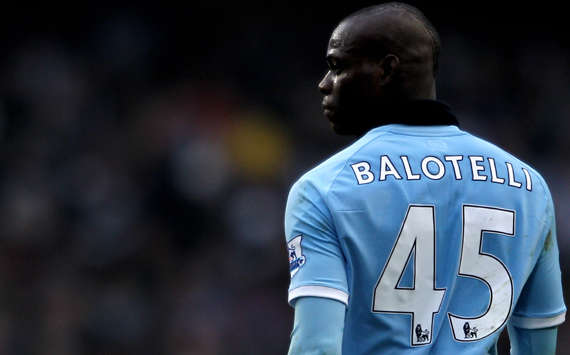Traditions II: Everyday Lives of African Men was held in Addis Ababa on 28-30 November 2011. The event came after a long year of planning, near-disasters, miracles, obstructive bureacracy and of course wonderful people who negotiated institutional limits and boundaries. As you can tell, it was a mixed bag of highs and lows.
Following the conventions of events planning meant we needed to do certain things, that is, adhere to the traditions of academic conferences. The people must eat, must have somewhere to sit amidst the pondering and presenting, not worry about where they will sleep at nights or put on their armour of silks or sackcloth, have ample water and heat to bathe, must be moved from one point to another. Now, of course humans are social and biological and these logistical things are just part and parcel of the work of bringing people together. The traditions, resistances and compliances to mores and conventions are in the details though.
 |
| Traditions II delegates in Africa Hall |
The space should surround one with the requisite institutional gravitas that the work of pondering, expounding and so forth presumably necessitates. We chose two venues. For the first day, the UNISA Regional Learning Centre in Akaki, and so infrastructure became indicative of and showcased the transcontinental reach of our institution and the relationship to minds, hearts and bodies coming together. Maybe it was a choice of institutional power too and thus our ability as representatives of the institution to effect the making of tradition. For the second and third day, we were located in Africa Hall at the United Nations Economic Commission for Africa in Addis Ababa. It is a space of now historic power. The room is reminiscent of a different era and that sense of history and time past almost lulls you into forgetting that traditions were made in this room that affected the lives of millions of Africans, the legacies of which we still contend with. Or rather one should say it is a space where history slipped practices of everyday life quietly into tradition; the dry centrifugal and yet contingent policies of states transforming the possibilities of livelihoods, romances, parenting, healthcare, travel and transportation, entertainment and who knows what else happens in rarefied spaces.
And yes, the price of corn does affect tradition. If corn is too expensive, and monocultural farming practices are enforced by global politics using Africa as a breadbasket to produce its wheat, then more people will eat bread and develop ritual practices around now scarce corn or to centralise the necessity of the wheat sheaf. The woman who insists on practicing outdated or new modes of food production in the domestic or household economy when she can no longer find corn might be scorned by her in-laws for being old-fashioned or modern, not get sex from her ravenous for corn/wheat husband for her dis/respect for traditions, will be unable to pass on her embodied histories via tradition to her children or grandchildren, has to renegotiate the caregiving and health practices that was enabled by corn production or fava beans if you will, has to make new circuits of bringing food to the home due to the un/availability of seed for corn/wheat or now go to the super baker of wheaten bread three roads or houses or neighbourhoods over rather than the has-been corn muffin old lady down the road, has to cook and experiment with new foods for the feasts and who knows what else. So yea, the space was meaningful. Does sound like a well-considered decision to have held it there, given the corn/wheat dilemma.
Did I tell you we fell in love with the space? The room is just beautiful too. At our first meeting with the space we gushed about history, and the artwork and the maroon velvet sofas and blue chairs and the enormous mural with only men in it. It is a man's space, this incredible room. Men at the apex of power making masculinities in obscure ways. For an academic conference, that sought a renegotiation of praxis around African masculinities and tradition it was a marvellous space.
So, post-conference why have I not waxed erudite about the content of the conference and instead gone on and on about the spaces? Why am I not cataloguing the facts and themes and being all academicky about the presentations? The simple reason is I am still processing. The more complex one is that it is not possible to contain experience, no matter how gravitas-inducing the space. Memory is selective and reproducing Traditions II as tradition will be contained by the outcomes of the negotiation of memory. And that perhaps is tradition in practice ...






















